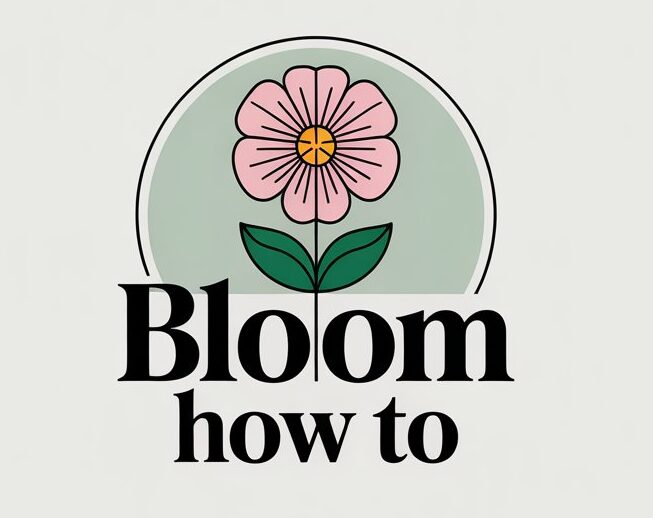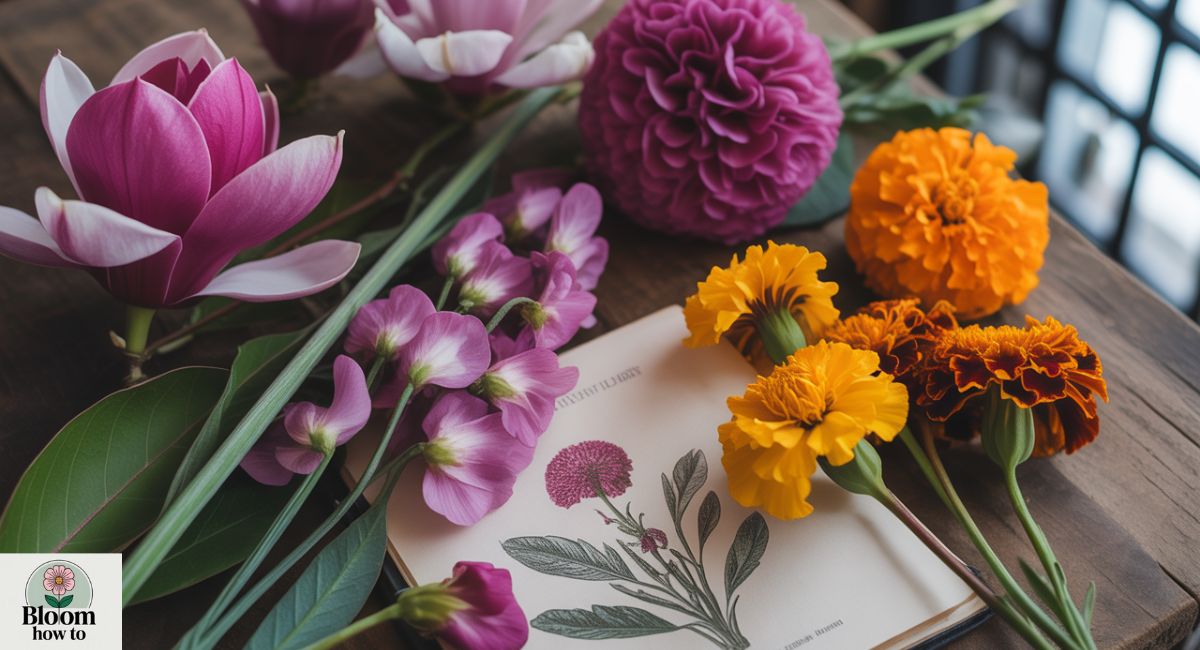The world of flowers that start with M is as magical as it is diverse, offering an incredible range of shapes, scents, and meanings. From popular flowers with M like marigolds and magnolias to exotic flowers starting with M such as monkey orchids and moonflowers, each bloom tells a story. These decorative flowers that start with M add elegance to gardens, while fragrant flowers starting with M bring sweet aromas that linger in the air.
Whether you’re a gardener in search of inspiration or simply curious about nature’s beauty, this complete M flower guide USA will introduce you to stunning blooms filled with history, symbolism, and charm.
Most Popular Flowers That Start With M
When people think of types of flowers that start with M, a few favorites immediately come to mind. These are the classics, the show-stoppers, and the ones you’ll often see in American gardens, flower shops, and cultural celebrations.
Marigold
The marigold is one of the most recognized names on the list of M flowers. Known for its bold, vibrant colors (orange, pink, purple, yellow, white), it is celebrated in gardens across the USA. These pollinator-friendly plants attract bees and butterflies, making them an excellent choice for sustainable landscapes. Marigolds are perennial vs annual flowers, depending on the species, but in the USA they’re most often grown as annuals.
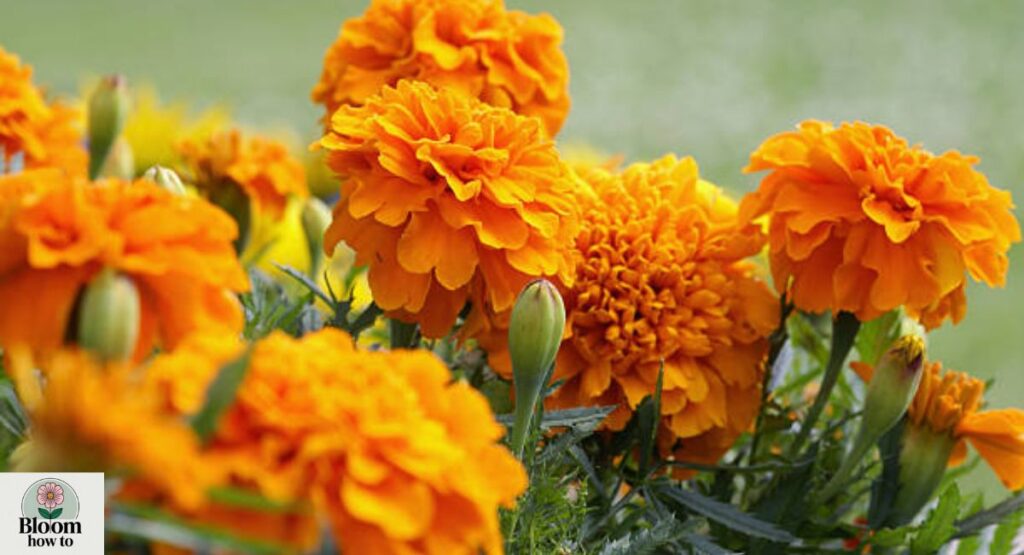
Marigolds are also steeped in meaning. They are symbolic flowers in culture, especially in Mexico, where they’re central to Día de los Muertos traditions. In herbal medicine, they’re used for medicinal uses of flowers, soothing skin irritations and boosting healing. Their fragrant blossoms / sweet aroma also make them a delightful addition to home gardens.
Magnolia
If there’s one flower that symbolizes the American South, it’s the magnolia. These ornamental shrubs and trees are admired for their large, creamy white blossoms and fragrant blossoms / sweet aroma. As one of the ancient flowering plants, magnolias have been around for millions of years, making them both timeless and symbolic of endurance.
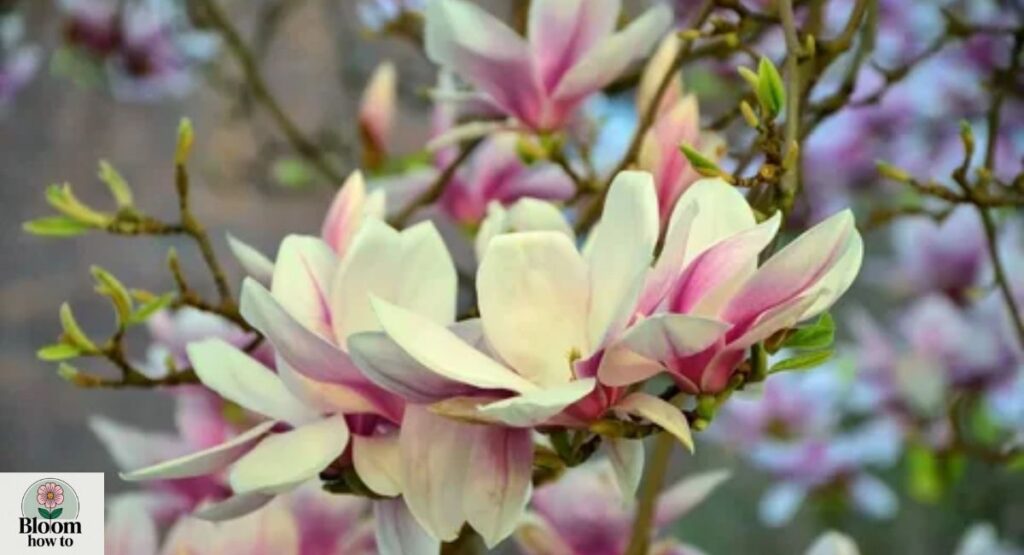
Magnolias are highly versatile in landscaping. They provide shade, beauty, and seasonal displays that enrich any yard. Their symbolic meaning of M flowers includes dignity, perseverance, and elegance. In the USA, the magnolia is even the state flower of Louisiana and Mississippi. Gardeners love them for their resilience, while florists appreciate them for wedding arrangements.
Morning Glory
Few flowers greet the day as beautifully as the morning glory. These climbing vine / trailing plants are admired for their trumpet-like shape and delicate trumpet-shaped blooms that open with the sunrise. Their shades range from purple and blue to pink and white, bringing charm to fences and trellises.
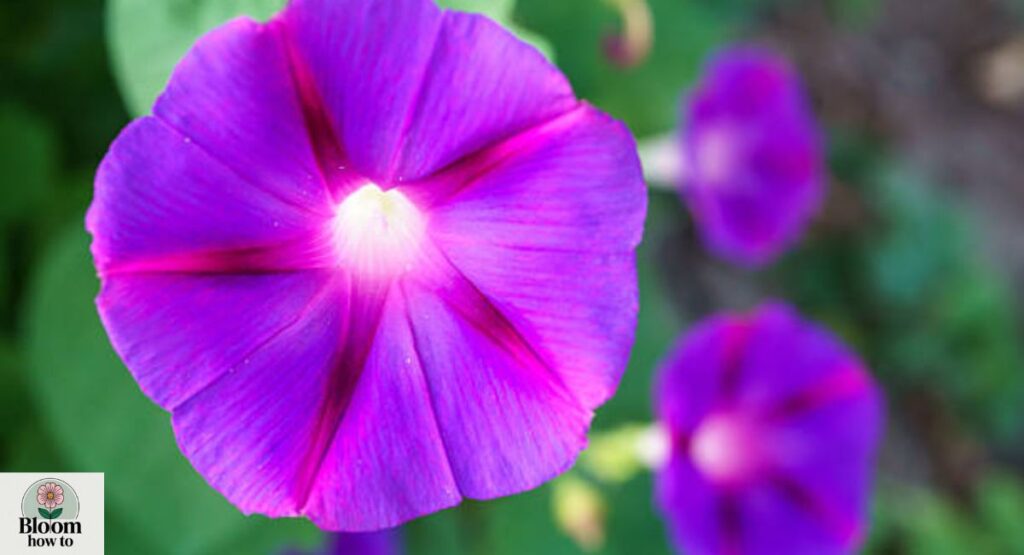
Beyond beauty, morning glories are known for their short-lived petals, which tie into their symbolism of fleeting beauty and renewal. Gardeners in the USA plant them for quick vertical coverage, while pollinators adore their nectar. They are also popular butterfly-attracting blooms, making them a lively part of eco-friendly gardens.
(Mums) Chrysanthemums
In the autumn season, few flowers are as beloved as mums. These cheerful flowers come in an enormous variety of forms, from daisy-like petals to full, rounded blooms. Their vibrant colors (orange, pink, purple, yellow, white) make them a top pick for fall décor across American homes.
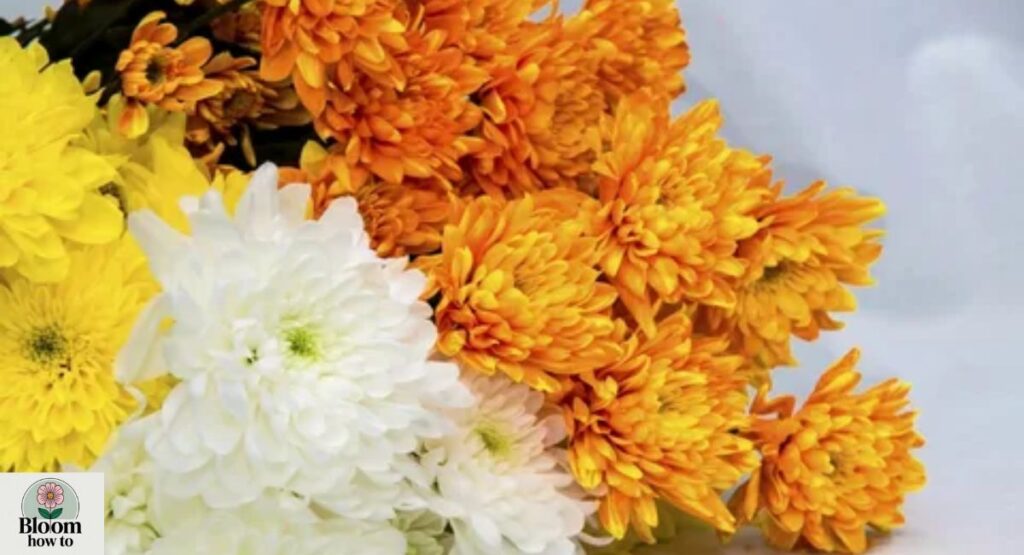
Culturally, chrysanthemums carry varied meanings. In the USA, they symbolize optimism and joy, often seen in seasonal displays. In Asia, however, they have deeper spiritual connections. For gardeners, mums are versatile perennial vs annual flowers depending on the variety. They are hardy, affordable, and adaptable, making them one of the most popular flowers with M.
Moonflower
As the sun sets, the moonflower takes the stage. Famous as one of the few night-blooming flowers, it produces glowing white petals that seem almost luminous under the moonlight. These fragrant flowers starting with M not only look magical but also fill the night air with a subtle fragrant blossoms / sweet aroma.
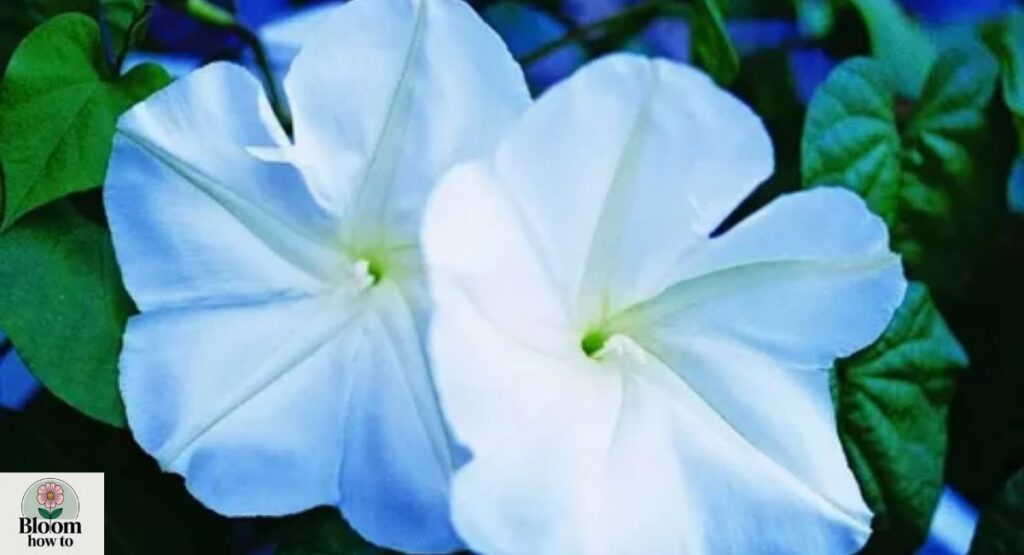
Moonflowers are a gardener’s delight. They grow quickly as climbing vine / trailing plants, perfect for trellises and fences. They’re also strong bee and hummingbird magnet species, keeping pollinators active in your yard. Symbolically, they represent mystery, dreams, and feminine energy. In short, moonflowers bring both beauty and atmosphere to any garden setting.
Quick Comparison Table of Most Popular M Flowers
| Flower | Key Traits | Symbolism | Garden Use |
| Marigold | Bright, hardy, pollinator-friendly plants | Celebration, remembrance | Borders, healing gardens, cut flowers |
| Magnolia | Large, fragrant blossoms / sweet aroma | Dignity, grace, perseverance | Landscaping, wedding décor, shade trees |
| Morning Glory | Trumpet-shaped blooms, fast-growing vine | Renewal, fleeting beauty | Trellises, fences, butterfly-attracting blooms |
| Chrysanthemum | Rich fall colors, varied petal shapes | Joy, optimism | Autumn displays, seasonal garden beds |
| Moonflower | Night-blooming flowers, glowing white | Dreams, mystery, romance | Evening gardens, bee and hummingbird magnet |
Unique & Exotic Flowers That Start With M
Not all flowers beginning with M are familiar garden names. Some are rare gems that capture attention with their unusual forms, colors, or habitats. These exotic flowers starting with M often come with fascinating survival strategies, hidden meanings, or quirky backstories. For gardeners in the USA, they provide both challenge and reward, adding variety to home landscapes and greenhouse collections.
Monkey Orchid
One of the most fascinating blooms on the list of M flowers is the monkey orchid. Belonging to the genus Dracula, this unique orchid species gets its name from petals that mimic the face of a monkey. The resemblance is uncanny, with markings resembling eyes, a nose, and even a furry “beard.”
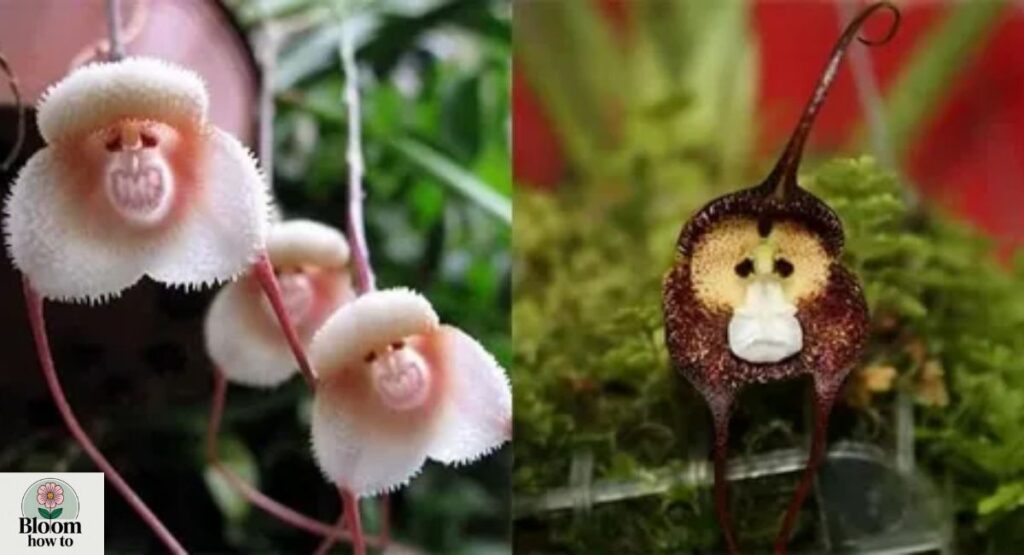
These orchids thrive in cloud forests of South America, making them tricky to grow outside their native habitat. Gardeners in the USA typically raise them in controlled environments like greenhouses. As symbolic plants, they represent curiosity, mystery, and playful energy. For collectors, the monkey orchid is a prize for its rarity and its striking resemblance to an animal’s face.
Monkey Cups (Pitcher Plants)
Among the most extraordinary carnivorous plants (pitcher plant / monkey cups), the monkey cups stand out for their unusual design. These plants develop pitcher-shaped traps that lure insects with nectar. Once inside, the prey slips into digestive fluids, providing nutrients for the plant in nutrient-poor soils.
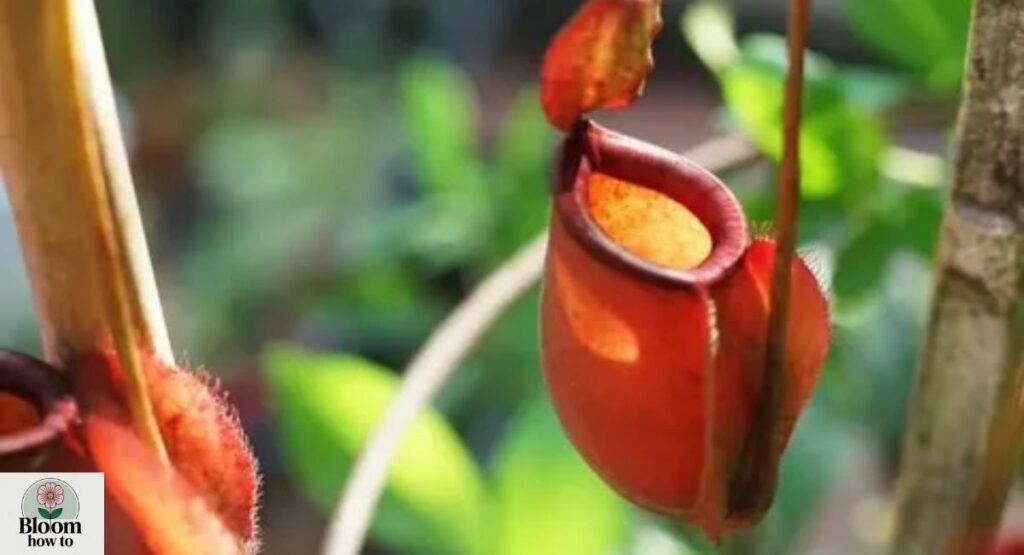
In tropical Asia, monkeys are sometimes seen drinking rainwater from the pitchers, hence the name. For American plant lovers, these plants are mostly grown as conversation pieces in terrariums or specialized gardens. Their role in nature is vital—they control insect populations while thriving where few plants can survive. Symbolically, they represent survival, adaptability, and hidden danger.
Moth Orchid
A true staple among exotic blooms, the moth orchid (Phalaenopsis) remains a favorite worldwide. Known for its graceful petals that resemble moth wings, this unique orchid species is admired for its longevity and elegant beauty. These fragrant blossoms / sweet aroma add charm to homes and offices, often lasting for weeks.
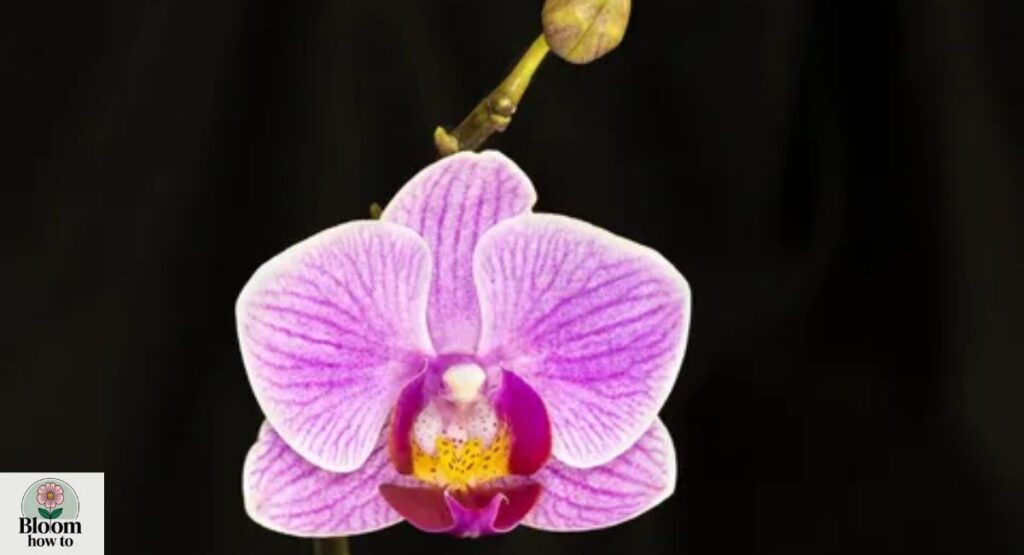
Moth orchids are also deeply symbolic. They stand for refinement, love, and delicate beauty. In the USA, they are among the most commonly gifted orchids, especially for celebrations. As ornamental shrubs and trees are admired outdoors, moth orchids play that role indoors, serving as decorative living art.
Mexican Sunflower
The Mexican sunflower (Tithonia diversifolia) is a bold and cheerful addition to the list of M flowers. With vibrant colors (orange, pink, purple, yellow, white), it lights up summer gardens. As a bee and hummingbird magnet, it plays a critical role in supporting pollinator populations.
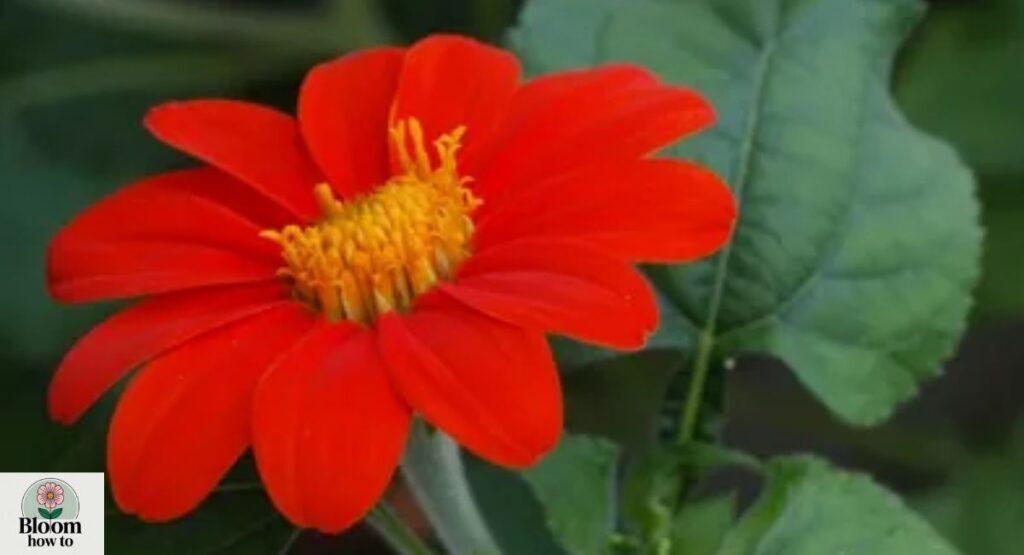
Gardeners in the USA appreciate Mexican sunflowers for their resilience. They are drought-tolerant flowers, thriving in poor soil where other plants fail. Farmers even use them for eco-friendly plant uses, such as composting and improving soil fertility. Symbolically, they embody positivity, strength, and generosity.
Monkey Puzzle Tree
Though not a flowering plant in the traditional sense, the monkey puzzle tree produces cone structures that are striking in their own right. Native to South America, this evergreen is known for its spiky leaves and unusual, puzzle-like appearance.
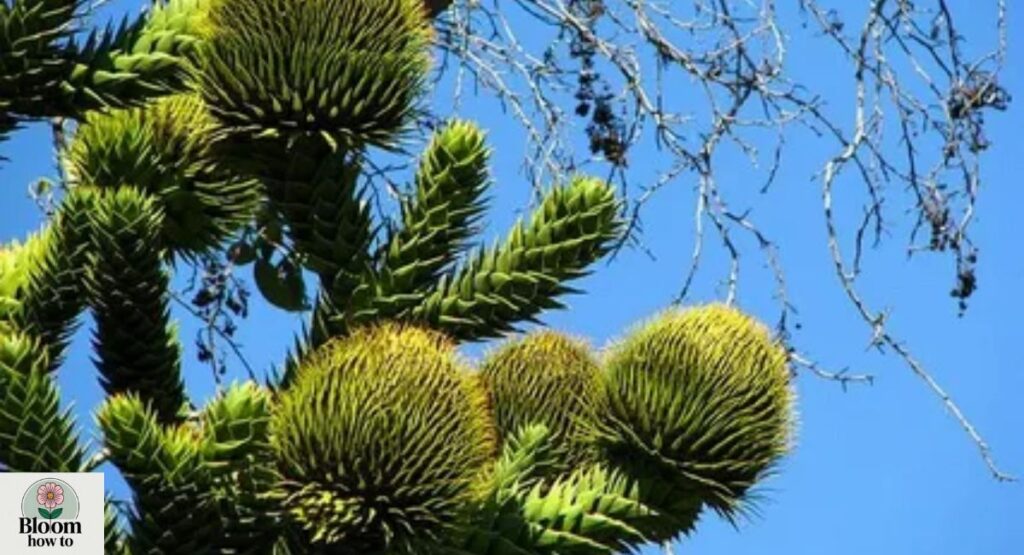
In the USA, the monkey puzzle tree is cultivated as a rare ornamental. It represents endurance and time—some specimens live for over a thousand years. While it’s not among the fragrant flowers starting with M, it’s included in the list of M flowers because of its cultural intrigue and architectural beauty.
Manchurian Pear
Another exotic entry is the Manchurian pear, prized more for its blossoms than its fruit. In spring, this tree bursts with vibrant colors (orange, pink, purple, yellow, white), covering its branches with snow-like petals. By autumn, its leaves blaze in fiery shades, offering year-round visual appeal.
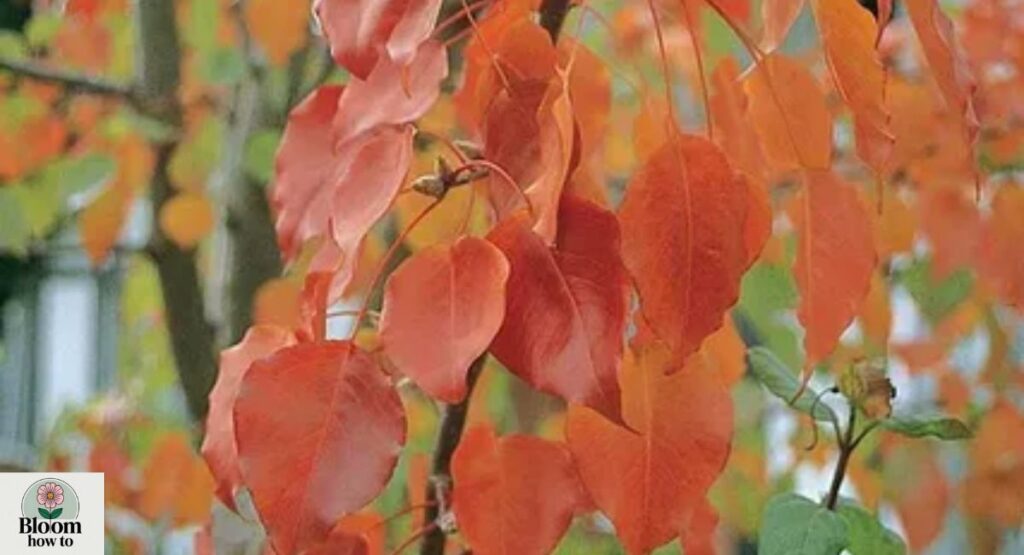
In American gardens, it’s valued as an ornamental shrubs and trees option. Though its fruits are technically edible, they are rarely consumed due to their tough texture. The symbolic meaning of M flowers here ties to endurance, seasonal beauty, and transformation.
Comparison Table of Exotic M Flowers
| Flower / Plant | Unique Feature | Symbolism | Garden / Cultural Role |
| Monkey Orchid | Looks like a monkey face | Curiosity, playfulness | Collector’s orchid, greenhouse rarity |
| Monkey Cups | Carnivorous plants (pitcher plant) | Adaptability, survival | Terrariums, pest control curiosity |
| Moth Orchid | Elegant, wing-like petals | Love, refinement | Popular houseplant, decorative fragrant blossoms |
| Mexican Sunflower | Drought-tolerant flowers with bold color | Positivity, strength | Pollinator-friendly plants, eco-gardening |
| Monkey Puzzle Tree | Spiky evergreen, puzzle-like structure | Time, resilience | Rare landscaping choice, architectural beauty |
| Manchurian Pear | Four-season ornamental tree | Transformation, endurance | Ornamental shrubs and trees, urban gardens |
Wildflowers & Lesser-Known M Flowers
Wildflowers are the heart of many landscapes in the USA, and the wildflowers starting with M bring unexpected surprises. They might not be as flashy as magnolias or marigolds, but they tell stories of resilience and quiet charm. Many of these wildflower species in North America thrive without human care, making them vital for pollinators, soil health, and biodiversity. Let’s explore some of these understated treasures from the M flower guide USA.
Meadowsweet
Among the wildflowers starting with M, meadowsweet (Filipendula ulmaria) holds a rich history. With frothy white clusters and a sweet scent, this plant was cherished by ancient Celts, who considered it sacred. It was even used to flavor mead, a honey-based drink, giving it the name “mead wort.”
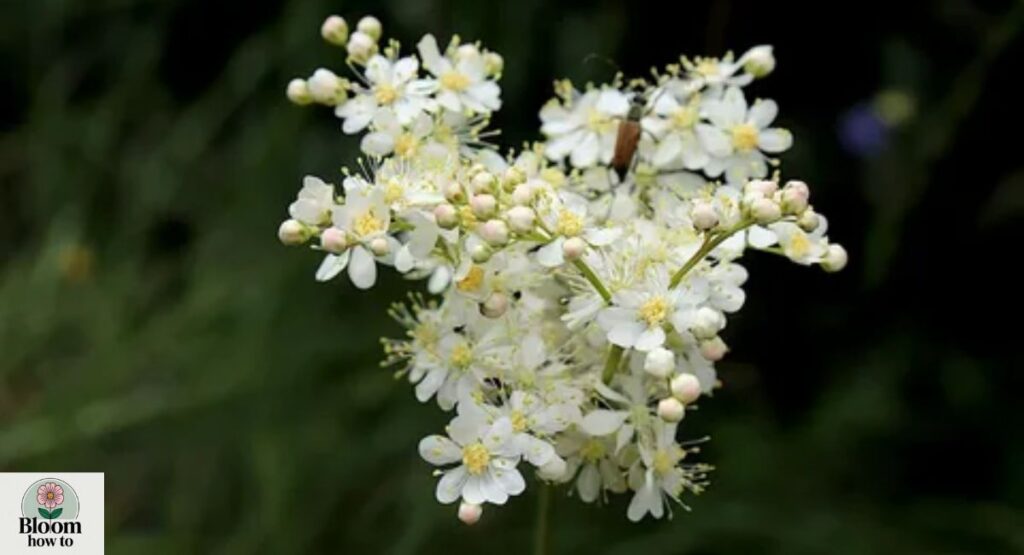
In American herbal practices, meadowsweet is known for its medicinal uses of flowers, particularly for soothing stomach issues and headaches. As a bee and hummingbird magnet, it also supports pollinators. Symbolically, meadowsweet represents protection and joy, echoing its use in celebrations and rituals.
Mistflower
The delicate mistflower produces clouds of soft purple blooms that shimmer in the morning light. Its stems and leaves release tiny droplets, almost like mist, which help attract pollinators such as butterflies. These butterfly-attracting blooms are perfect for wildlife-friendly gardens.
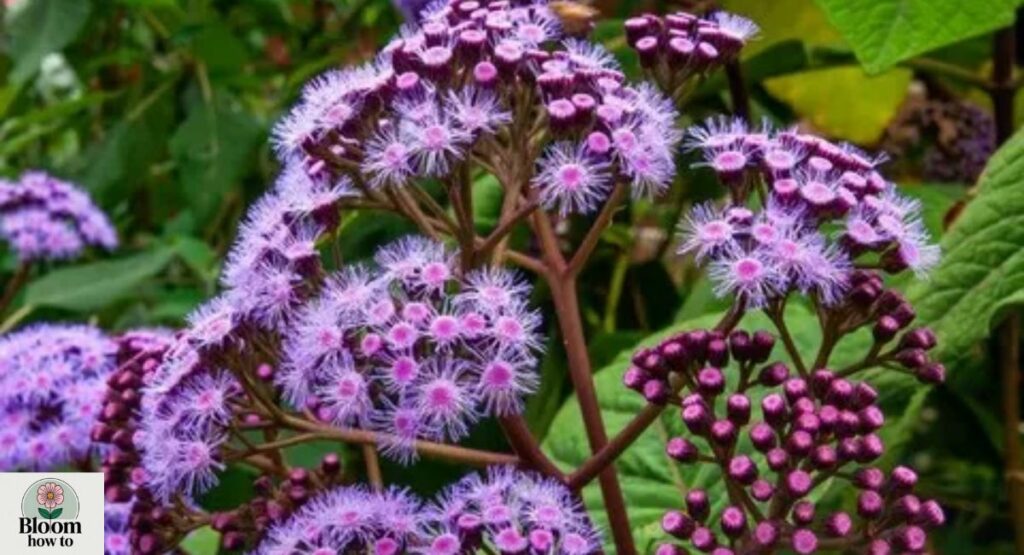
Native to North America, mistflowers thrive in moist soils and partly shaded areas. They are perennial vs annual flowers depending on the climate, returning faithfully each year in warmer regions. Symbolically, mistflower stands for renewal and tranquility, reflecting its dreamy, cloudlike appearance.
Marsh Marigold
Despite its name, the marsh marigold (Caltha palustris) is not a true marigold. Belonging to the buttercup family, this wildflower species in North America brightens wetlands with vibrant colors (orange, pink, purple, yellow, white). Its golden blooms appear in early spring, signaling the end of winter.
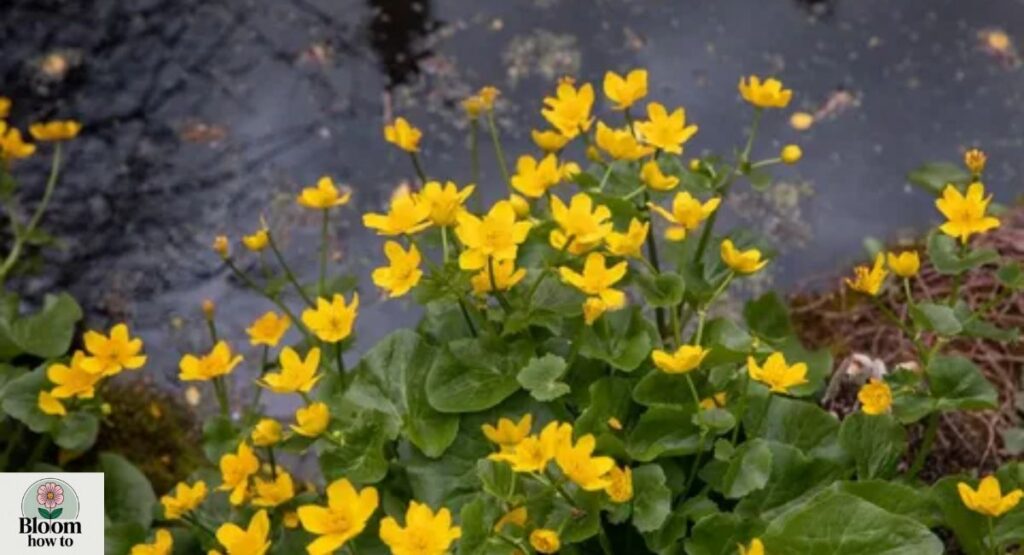
Historically, Native Americans used marsh marigolds for both medicinal uses of flowers and food, though caution is needed, as parts of the plant can be toxic if not prepared properly. Symbolically, they represent hope and endurance, thriving in soggy conditions that challenge many plants.
Madia
A cheerful entry on the list of M flowers, madia is native to California and Oregon. These daisy-like blooms open in the evening, releasing a sweet fragrance that attracts night pollinators. Farmers once used madia seeds as food, showing its link to edible flower roots and fruits.
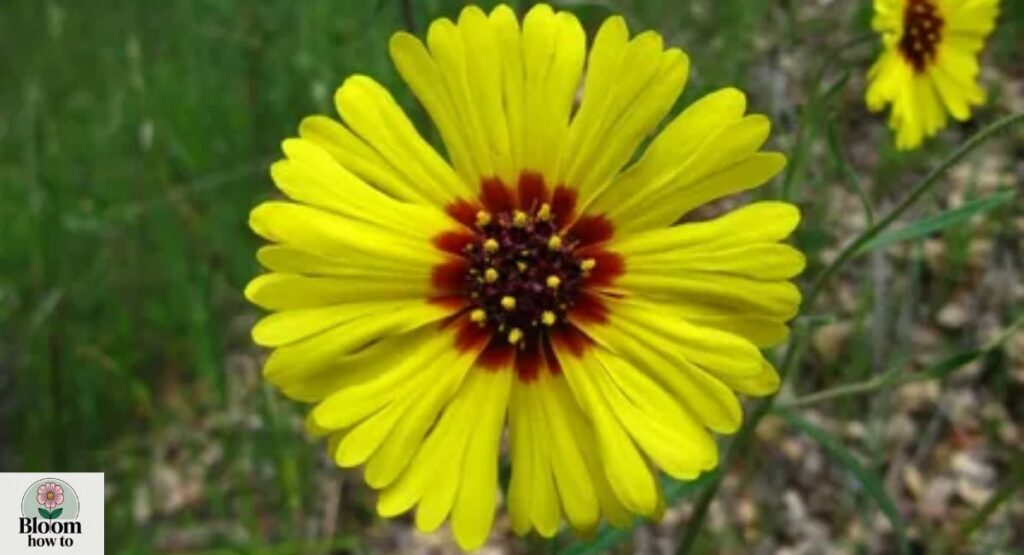
In the garden, madia stands out as one of the drought-tolerant flowers, thriving in dry soil where other species struggle. Symbolically, it represents persistence and generosity, reflecting its role in sustaining both people and wildlife.
Mouse Ear
The charming mouse ear (Cerastium) gets its name from its small, rounded leaves that resemble a mouse’s ear. These delicate white blooms may look modest, but they hide a secret: their seeds can remain dormant in soil for up to 40 years, a fascinating example of seed dispersal adaptations.
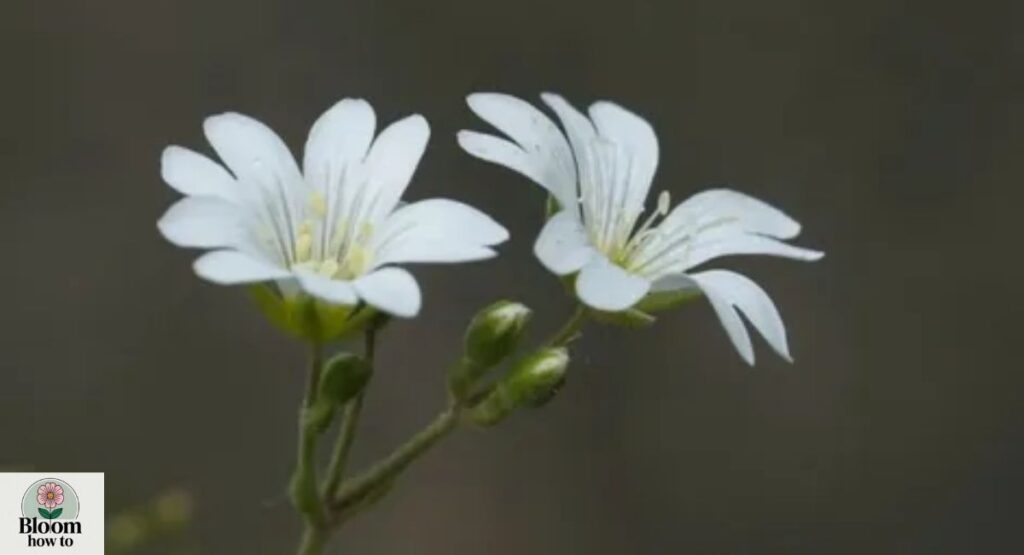
In American landscapes, mouse ear often carpets open fields, adding a soft sparkle to meadows. While not highly symbolic, it often represents humility and hidden strength. Its long-lasting seeds ensure survival across generations, reminding us of nature’s patience.
Mountain Bluebell
Known for their soft blue, bell-shaped blooms, mountain bluebells are beloved native U.S. wildflowers. Their leaves are marked with pale spots, which folklore once associated with lungs, giving rise to the name lungwort. Early herbalists believed these markings hinted at the plant’s medicinal uses of flowers, particularly for respiratory health.
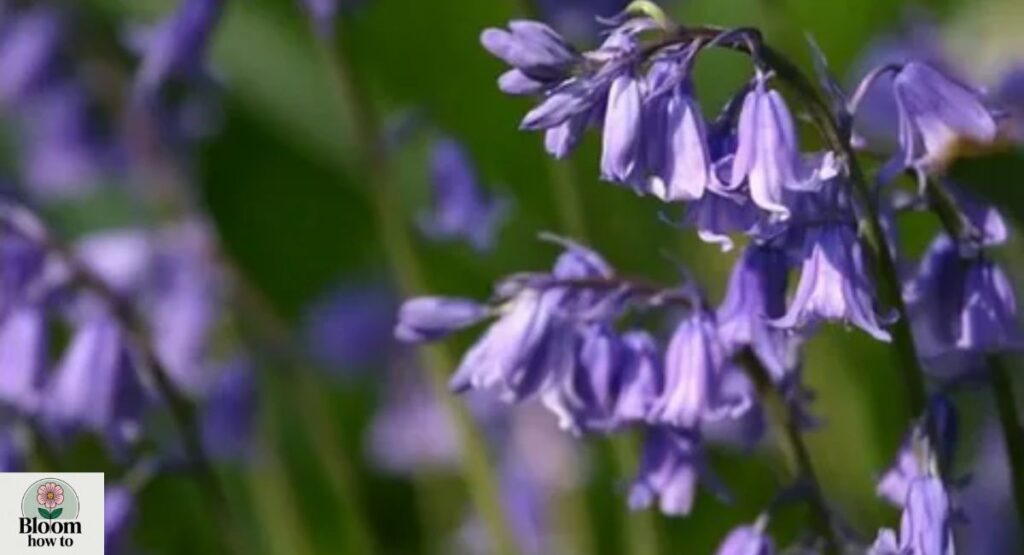
In American meadows and mountain slopes, mountain bluebells thrive as pollinator-friendly plants, drawing bees and butterflies. They symbolize gratitude and healing, reflecting both their appearance and traditional uses. For gardeners, they provide an easy way to bring alpine beauty into home gardens.
Mugwort
Though less flashy, mugwort is a powerful plant steeped in tradition. This hardy herb has silvery-green leaves and small clusters of flowers. In the USA, it often grows wild along roadsides and fields. Known for its medicinal uses of flowers, mugwort has been used in teas and salves for centuries.
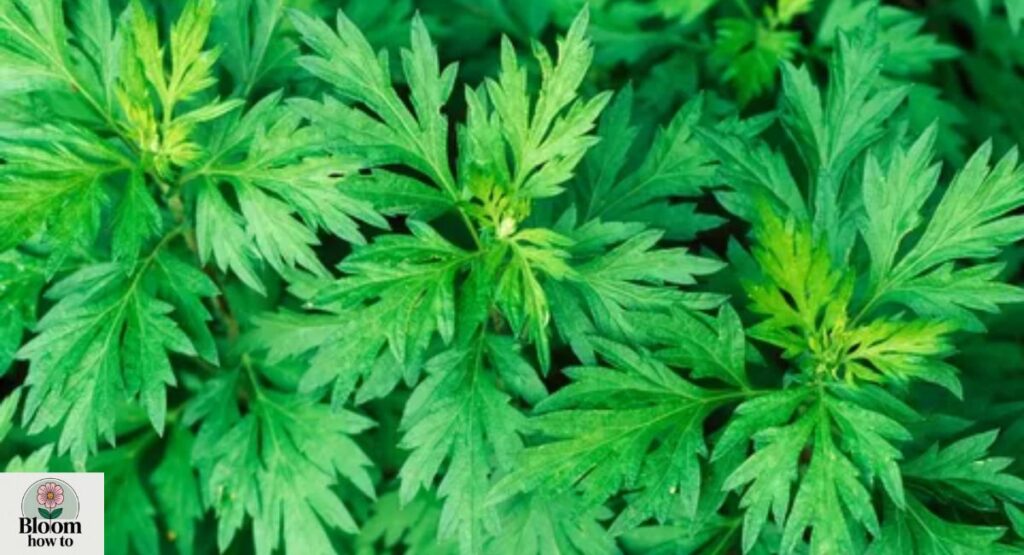
Culturally, mugwort was burned in rituals to ward off evil or encourage vivid dreams. Today, it’s still valued by herbalists for its calming properties. Symbolically, mugwort stands for intuition, healing, and protection, proving that not all beauty lies in vibrant colors (orange, pink, purple, yellow, white).
Comparison Table of Wild & Lesser-Known M Flowers
| Flower Name | Native Range | Unique Trait | Symbolism | Garden / Cultural Role |
| Meadowsweet | Europe, USA | Sacred to Celts, mead flavoring | Joy, celebration | Herbal medicine, pollinator support |
| Mistflower | USA (wildflower) | Morning “mist” effect, butterfly-attracting blooms | Renewal, calm | Wildlife gardens, moist soils |
| Marsh Marigold | North America | Early spring blooms in wetlands | Hope, endurance | Wetland decoration, medicinal history |
| Madia | USA (California, Oregon) | Evening blooms, edible seeds | Persistence, generosity | Drought-tolerant flowers, cultural use |
| Mouse Ear | USA, Europe | Seeds last 40 years (seed dispersal adaptations) | Humility, patience | Meadow carpets, groundcover plant |
| Mountain Bluebell | North America | Spotted leaves, linked to lungs | Healing, gratitude | Alpine gardens, pollinator support |
| Mugwort | USA, Europe, Asia | Herbal uses, ritual importance | Intuition, protection | Herbal teas, cultural ceremonies |
Fragrant & Decorative M Flowers
When people think about flowers beginning with M, they often picture the ones that add beauty to a space not just by their looks but also through their fragrant blossoms / sweet aroma. These blooms combine sensory delight with ornamental value, making them favorites in American gardens. In this M flower guide USA, let’s explore decorative flowers that start with M which bring elegance, charm, and fragrance to both landscapes and homes.
Mock Orange
The mock orange shrub is another classic choice among decorative flowers that start with M. It is widely appreciated for its fragrant blossoms / sweet aroma that smell strikingly like fresh oranges. This shrub produces small, white flowers in clusters, making it an excellent addition to hedges or borders.
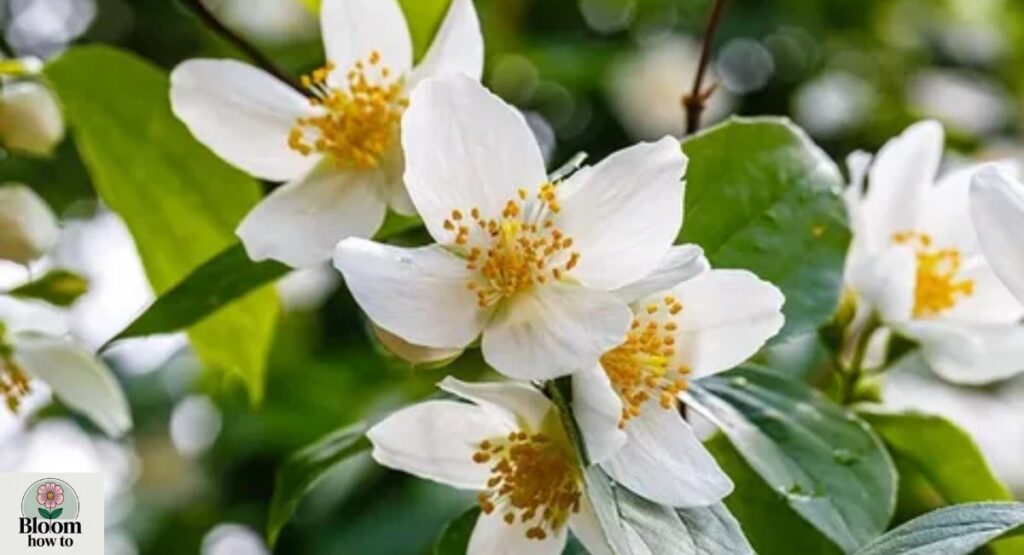
In the USA, gardeners prize mock orange because it attracts pollinators while staying hardy and easy to grow. As one of the pollinator-friendly plants, it welcomes bees and butterflies into the garden. Symbolically, mock orange represents remembrance and eternal love, making it a meaningful flower for ceremonies and traditions.
Matthiola (Stock Flower)
Matthiola, also known as the stock flower, is famous for its fragrant blossoms / sweet aroma that intensify in the evening. This flower is available in vibrant colors (orange, pink, purple, yellow, white), making it both a feast for the eyes and the nose.
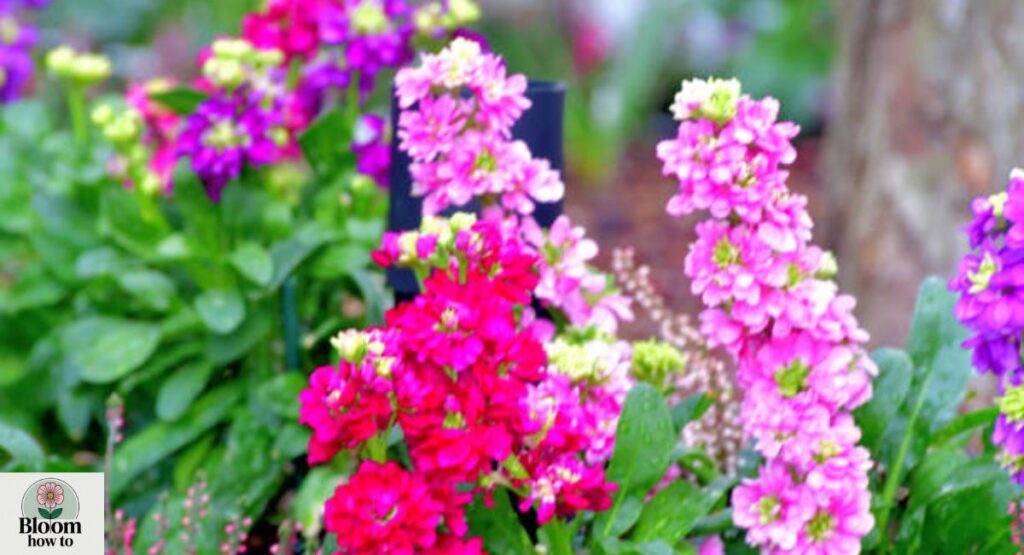
In gardening, stock flowers are valued for their long stems, which make them perfect for bouquets and arrangements. They are one of the most popular flowers beginning with M for weddings, symbolizing beauty, joy, and lasting happiness. As a bee and hummingbird magnet, they also add life and motion to any garden.
Mignonette
The modest mignonette is a smaller but highly fragrant plant that has been cultivated since the 18th century. Despite its less showy flowers, its perfume is strong and sweet, often described as honey-like. In Victorian times, mignonette symbolized hidden worth, reminding people that beauty lies beyond appearances.
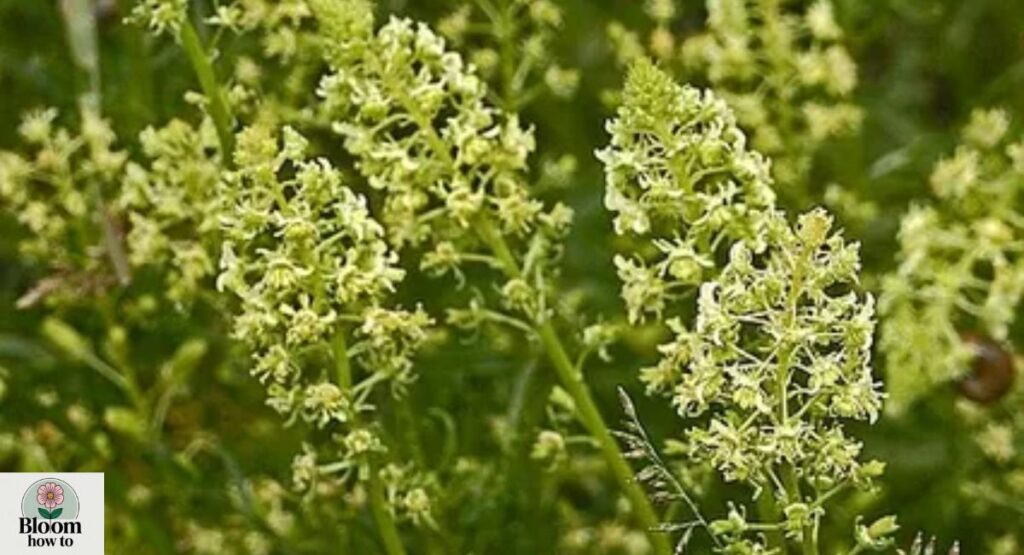
As a decorative flower that starts with M, mignonette is well-suited for garden edges, balconies, and containers. Its fragrance intensifies in the evening, making it a perfect companion for night strolls in the garden. This feature links it to the tradition of night-blooming flowers, which reveal their magic after dusk.
Table of Fragrant & Decorative M Flowers
| Flower Name | Decorative Value | Fragrance Quality | Symbolism | Garden Role / Notes |
| Mock Orange | Shrub with clusters of white flowers | Smells like fresh oranges | Eternal love, memory | Hedge or border plant, pollinator-friendly |
| Matthiola | Tall stems, vibrant colors | Strong, sweet, lasts long | Joy, happiness | Bouquet and wedding favorite |
| Mignonette | Modest flowers, Victorian favorite | Sweet, honey-like perfume | Hidden worth | Container or edge planting, evening fragrance |
Medicinal & Cultural Significance of M Flowers
Flowers have never been just about beauty. For centuries, many types of flowers that start with M have been used for healing, rituals, and even food. In this M flower guide USA, you’ll discover how medicinal flowers starting with M hold a place in both traditional remedies and modern symbolic practices. Their importance stretches from Native American herbal traditions to Asian healing and European folklore.
The cultural side of blooms beginning with M is equally fascinating. Across civilizations, they’ve appeared in myths, poetry, and sacred ceremonies. Their symbolic meaning of M flowers often reflects deep emotions like love, remembrance, purity, and transformation. In fact, these blossoms serve as living storytellers of human history, carrying tales of spirituality and healing across generations.
Mallow
The mallow plant has a long history as both food and medicine. Ancient Romans used it to soothe sore throats and digestive issues, and its leaves were cooked as a vegetable. This is a classic example of edible flower roots and fruits being valued in daily diets.
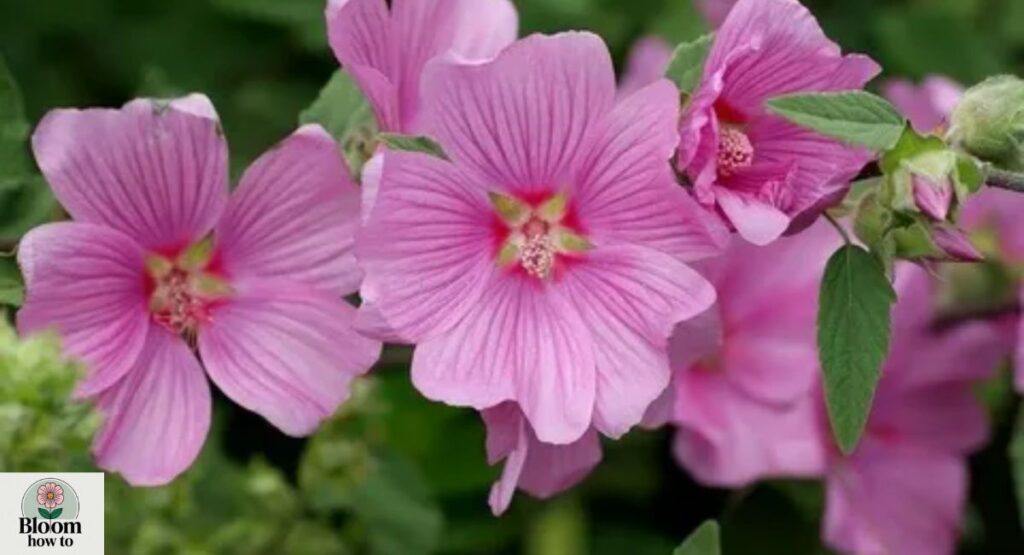
From a cultural angle, mallow was seen as a plant of protection and comfort. Some European folklore suggests it was planted near homes to shield families from harm. As part of the list of M flowers, its mix of nutrition, healing, and spiritual symbolism makes it unique among wildflower species in North America and beyond.
Mandrake
Perhaps no other flowers beginning with M carry as much myth as the mandrake. Known for its forked, human-like root, it appears in countless legends. Ancient people believed the mandrake had magical powers and that pulling it from the ground could be dangerous. In folklore, its cries were said to be deadly.
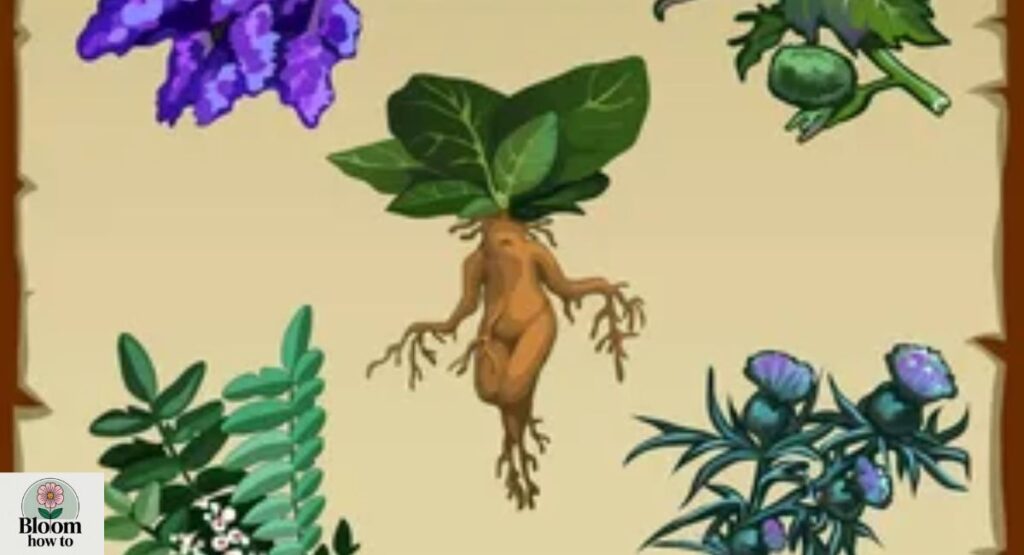
From a medicinal standpoint, mandrake roots were once used as sedatives and anesthetics, though they can also be toxic. This dual nature shows how some toxic or poisonous flowers were still central in medicine and magic. Today, mandrake mostly symbolizes mystery and transformation, keeping its place in cultural memory.
Mimosa
The delicate mimosa is often celebrated as a symbol of sensitivity and resilience. Medicinally, some species have been used for calming teas and tonics. They are believed to help with stress, sleep, and even wound healing. This makes mimosa a gentle example among medicinal flowers starting with M.
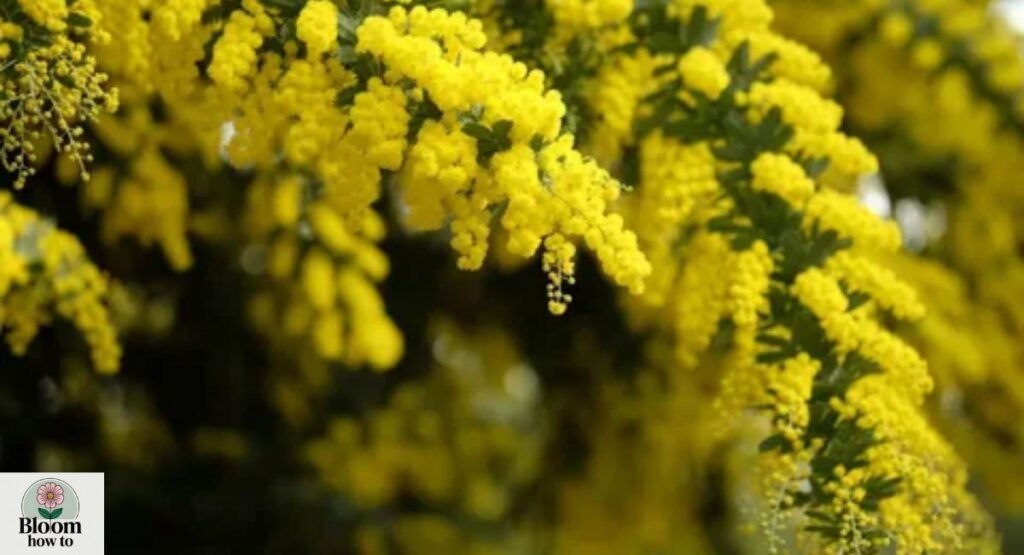
Culturally, mimosa has an important role in Europe, especially in Italy, where it’s given to women on International Women’s Day as a symbol of strength and respect. Its fragrant blossoms / sweet aroma and feathery leaves make it both beautiful and meaningful in gardens and traditions.
Myrtle
The evergreen myrtle plant stands out in both medicine and ritual. Historically, it was used in tonics for respiratory health, making it part of traditional medicinal uses of flowers. Its leaves and berries were sometimes included in remedies for infections or digestion.
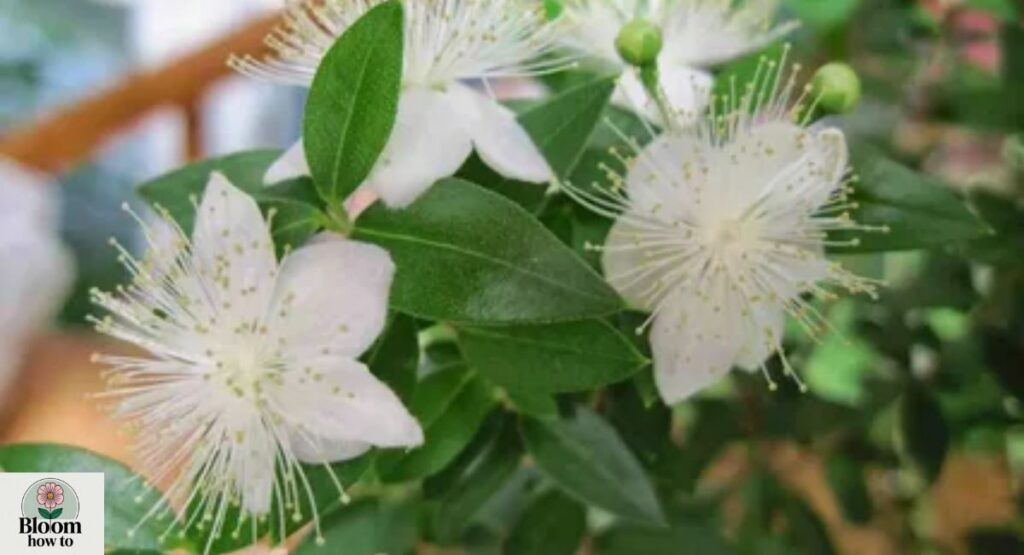
Culturally, myrtle is one of the most significant symbolic flowers in culture. In ancient Greece, it was sacred to Aphrodite, the goddess of love, and brides often wore myrtle crowns. In Jewish tradition, it is used during Sukkot rituals. This combination of healing and spirituality makes myrtle one of the most powerful flowers beginning with M.
Table of Medicinal & Cultural M Flowers
| Flower Name | Medicinal Use | Cultural Significance | Symbolism | Notes |
| Mallow | Digestive aid, soothing sore throats | European folklore, protection | Comfort, resilience | Edible flower roots and fruits |
| Mandrake | Sedative, anesthetic, mystical plant | Folklore, magic, superstition | Mystery, transformation | Toxic or poisonous flowers |
| Mimosa | Stress relief, calming teas | Italian Women’s Day celebrations | Sensitivity, strength | Fragrant blossoms |
| Myrtle | Respiratory tonics, healing tonics | Greek and Jewish rituals | Love, immortality | Ornamental shrubs and trees |
Gardening Tips for Growing M Flowers
Planting and caring for flowers that start with M can transform an ordinary garden into a colorful retreat filled with vibrant colors (orange, pink, purple, yellow, white) and sweet fragrances. Whether you’re planting ornamental shrubs and trees like magnolias or experimenting with wildflower species in North America such as monkeyflower, these blooms can thrive with the right approach. In this M flower guide USA, we’ll go over soil, light, and care tips for both beginners and experienced gardeners.
One of the first things to decide is whether you want perennial vs annual flowers. Perennials like magnolia, myrtle, and mountain laurel return year after year, providing steady beauty with minimal effort. Annuals such as marigolds and Mexican sunflowers bring a seasonal splash of color but need to be replanted each spring. A balanced garden often has both, creating variety while supporting pollinator-friendly plants such as bees, butterflies, and hummingbirds.
Choosing the Right Soil and Location
Soil is the foundation of healthy M flower names. Many decorative flowers that start with M, such as magnolias and musk roses, prefer slightly acidic, well-drained soil. For drought-tolerant flowers like moss rose and meadowfoam, sandy soil with good drainage is ideal. Adding compost improves fertility, helping your flowers bloom with stronger colors and larger petals.
Location matters just as much as soil. Most butterfly-attracting blooms like monarda (bee balm) and Mexican sunflowers thrive in full sun, while shade lovers like maidenhair fern and mountain bluebell prefer cooler, partially shaded spaces. Matching plant type to the right location prevents stress and encourages natural growth.
Watering and Care Tips
Watering needs vary depending on the types of flowers that start with M you plant. Climbing vine / trailing plant species such as mandevilla require consistent moisture, especially during summer heat. On the other hand, drought-tolerant flowers like moss rose need only occasional watering, as too much can cause root rot.
Mulching around your plants helps retain soil moisture, suppress weeds, and regulate temperature. This is especially helpful for ornamental shrubs and trees like mountain laurel or manchurian pear, which benefit from stable root environments. Regular deadheading of spent blooms on annuals like marigolds and moonbeam coreopsis also keeps plants flowering longer.
Companion Planting with M Flowers
Gardening with M flowers can be enhanced with companion planting. Marigolds, for example, are excellent natural pest repellents. Their roots deter nematodes, making them great neighbors for vegetables like tomatoes and peppers. This is a classic example of eco-friendly plant uses, showing how decorative plants can improve your garden’s health.
Pollinator-friendly varieties like monarda, moonflower, and mimosa also work well alongside fruit trees or vegetable crops. Their bee and hummingbird magnet qualities increase pollination, leading to better harvests. Blending fragrant flowers starting with M with herbs and vegetables creates a balanced, sustainable ecosystem in your backyard.
Seasonal Gardening Tips
In the USA, seasons play a big role in how blooms beginning with M perform. In spring, native U.S. wildflowers like mayapple, monkeyflower, and mountain bluebell emerge naturally in forests and meadows. Gardeners can plant similar species to recreate a natural landscape.
Summer is the peak season for tropical exotic flowers starting with M like mandevilla and Mexican sunflowers, which love the warmth. Autumn highlights ornamental trees like manchurian pear, with both flowers and colorful foliage. Winter gardening is more about protection—mulching, covering, or moving tender species indoors ensures survival.
Table: Gardening Requirements for Popular M Flowers
| Flower Name | Sunlight Preference | Soil Type | Watering Needs | Special Notes |
| Marigold | Full sun | Loamy, well-drained | Moderate | Eco-friendly plant uses, pest control |
| Mandevilla | Full sun/partial shade | Rich, moist, well-drained | Regular | Climbing vine / trailing plant |
| Moss Rose | Full sun | Sandy, dry | Low | Drought-tolerant flowers |
| Monarda (Bee Balm) | Full sun | Moist, rich soil | Moderate | Bee and hummingbird magnet |
| Magnolia | Full sun/partial shade | Slightly acidic, fertile | Moderate | Ancient flowering plants, ornamental tree |
| Moonflower | Full sun | Loamy, moist | Moderate | Night-blooming flowers |
| Meadowsweet | Partial shade | Moist, boggy | High | Medicinal uses of flowers |
| Mountain Laurel | Partial shade | Acidic, sandy loam | Low to moderate | Ornamental shrubs and trees |
Case Study: Marigold Pest Control in USA Gardens
In many community gardens across the United States, marigolds have been planted alongside tomatoes and peppers as a form of natural pest control. Gardeners observed that plots with marigolds had fewer nematode infestations, and vegetable yields were noticeably higher. This practical example of gardening with M flowers shows how pollinator-friendly plants and natural repellents can boost both beauty and function in the garden.
Symbolism and Meaning of Flowers Starting with M
The symbolic meaning of M flowers stretches across centuries, with myths, traditions, and legends shaping how we view them today. From love and purity to resilience and remembrance, each bloom carries a story that makes it more than just a pretty sight.
In fact, many popular flowers with M are tied to festivals, weddings, and rituals in cultures around the world. For example, magnolias are often considered symbols of dignity and nobility because of their majestic ornamental shrubs and trees form, while marigolds are widely used in both joyful and solemn ceremonies, reflecting life’s full circle.
Conclusion
Exploring flowers that start with M opens a colorful doorway into nature’s creativity. From popular flowers with M that brighten gardens to fragrant flowers starting with M that fill the air with a sweet aroma, each bloom carries beauty and meaning. This M flower guide USA helps you discover varieties perfect for every space.
Whether you love decorative flowers that start with M or want to learn the symbolic meaning of M flowers, these blooms inspire joy. Plant them, celebrate them, and let their charm enrich your world.
FAQs
What is the name of the flower that starts with the letter M?
Marigold, Magnolia, and Morning Glory are among the most common flowers that start with M.
What are the daisies that start with M?
Marguerite Daisy and Mexican Daisy are popular daisy varieties beginning with M.
What is a vining flower that starts with M?
Morning Glory is a fast-growing climbing vine / trailing plant with vibrant colors.
What is the meaning of a moonflower?
Moonflower, a night-blooming flower, often symbolizes dreams, mystery, and new beginnings.
Are magnolias hard to grow?
Magnolias aren’t very difficult; they need rich soil, sunlight, and regular watering.

Welcome to bloom how to! I’m Anam Sattar, an AI Powered SEO, and Content Writer with 4 years of experirnce.
I help websites rank higher,grow traffic, and look amazing. My goal is to make SEO and web design simple and effective for everyone.
Let’s achieve more together!
